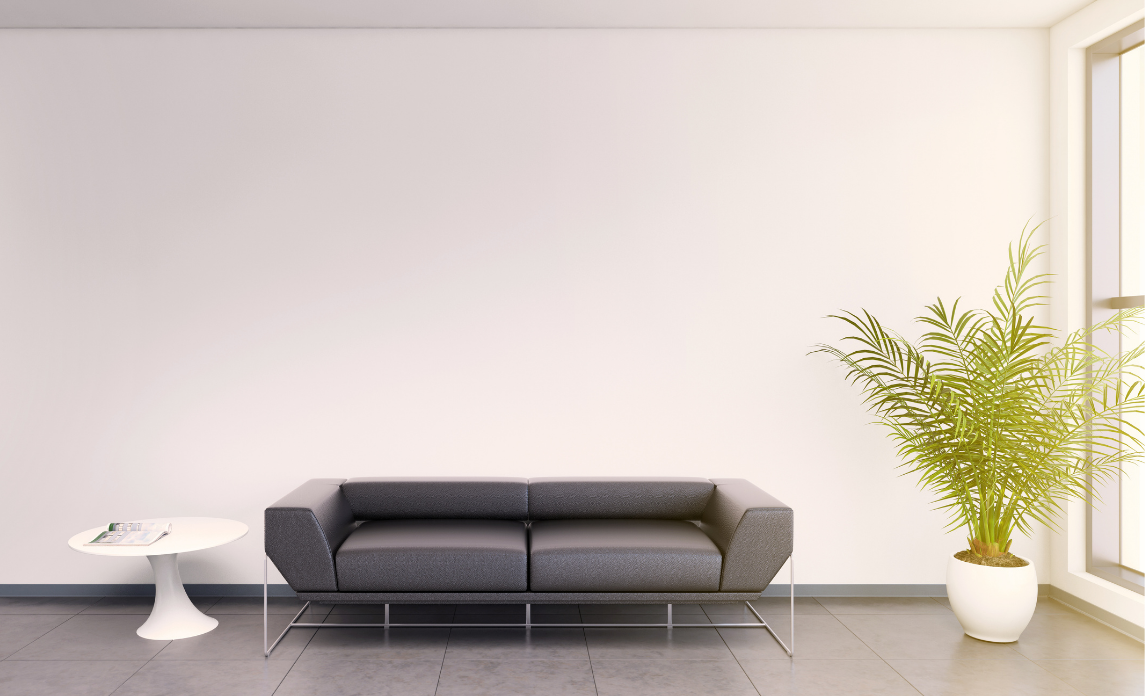Leather is a popular material for a variety of furniture—and for good reason. This natural material is not only stylish and versatile, it’s also quite durable. Indeed, when people buy genuine, high-quality leather products, they can expect it to last for a lifetime.
Still, there are some people who hesitate about leather and leather on furniture. Most think that it’s difficult to keep it in good shape, and only expert commercial cleaners can do the job right. However, while it’s true that professional cleaners are well-equipped to take good care of leather, it’s also true that you can keep leather in great shape with some simple maintenance tips.
Caring for Furniture Made With Leather
One of the key things to remember about leather is that you should condition it once or twice a year to preserve its texture and colour. You should also clean up spills immediately to prevent any liquids and stains from seeping in.
Below are a few more things to remember when cleaning leather furniture or leather parts of furniture:
- Don’t use harsh cleaning supplies like abrasive cleaners, ammonia, furniture polish, oils, solvents, and varnish.
- Keep leather away from direct sunlight to prevent fading, drying, or cracking.
- Before trying a new cleaning method, spot test it on an inconspicuous area. Wait for at least 24 hours to see how the leather reacts.
- Most of the time, a soft cloth is enough to wipe off spills. You can moisten the cloth with clean lukewarm water if you’re dealing with sticky, stubborn messes.
Cleaning Greasy Stains From Leather
If you get anything greasy or oily on leather furniture or leather sections on furniture, wipe it off immediately using a clean, dry cloth and then let it stand. The stain should disappear after a few minutes or so, depending on how much was spilled onto the leather surface.
In case of bigger spills, you can sprinkle on some baking soda or cornstarch and let those absorb the greases and oils. Let it sit for a couple of hours or overnight, and then vacuum it off. Follow up with a quick buff using a soft, clean cloth.
Should the stain persist, get in touch with a professional cleaner or leather specialist as soon as possible. They will know the best course of action to remove the stain and avoid damaging the leather.
Removing Dark Stains From Light-Coloured Leather
To remove dark stains from light-coloured leather, you can use a paste made from one part cream of tartar and one part lemon juice. Gently rub the paste onto the stain and let it sit for at least 10 minutes before adding another layer of the paste. Continue rubbing the paste until the stain disappears.
Remove the paste residue using a damp sponge. You can add a bit of mild moisturising soap to help maintain the supple texture.
Removing Water Stains on Leather
Fortunately, it’s easy to remove water stains on leather. Simply moisten a soft cloth with clean water, and then rub the stains off. Don’t forget to dry the area thoroughly or else the water residue will likely stain again. Use a dry cloth for this purpose; DON’T apply artificial heat or place the leather under the sun for drying.
Removing Ink Stains From Leather
To remove ink stains from leather, you can use a cotton ball or cotton swab dipped in rubbing alcohol to blot the marks off using a circular motion. Take care not to spread the ink. Some DIY-ers also recommend using either hair spray or non-gel, acetone-based nail polish remover.
Once the stain is gone, you can follow up with a quick rub using a soft cloth with a bit of leather conditioner.
General Leather Furniture Cleaning Tips
For the most part, all you need to keep leather furniture or leather accents on furniture in good shape is regular dusting or vacuuming. Pay attention to creases, nooks, and crannies where dust can hide. If you find any scratches, they can be remedied by simply buffing the area with a slightly moistened cloth.
As mentioned, it’s ideal to condition leather at least once or twice a year to keep it in good shape or longer. You should also keep leather away from sunlight exposure as well as sources of harsh, direct light so the colour won’t fade.
How to Condition Leather
Think of leather as if it's your own skin: to keep it smooth and supple, you need to moisturise it. The good thing is that there are plenty of leather conditioners that you can purchase from homecare or furniture stores. Simply follow the instructions for application to achieve the best results.
If you want, you can also prepare your own leather conditioner using some water, vinegar, and natural baby soap. Simply combine about 2 cups of warm water, 1 tablespoon of baby soap, and a splash of vinegar in a container. Mix thoroughly and use a soft cloth to apply the conditioner onto the leather.
Use just the right amount of the mixture to prevent soaking the leather. Once fully covered, leave the conditioner for a few minutes to let the gentle oils from the baby soap seep into the grain. Then, use a separate dry cloth to polish the leather.
Another alternative to a store-bought leather conditioner is a simple mixture of vinegar and linseed oil (1 is to 2 ratios). Pour the liquids into a jar, put the lid on, and shake well. Then, rub the mixture onto the leather using a soft cloth. Let it sit for about 10 to 15 minus, then use a dry cloth to buff the surface.
As you can see, leather care really isn’t as complicated as it seems. With these simple tips, it’s easy to keep your leather furniture in excellent condition for years to come.


